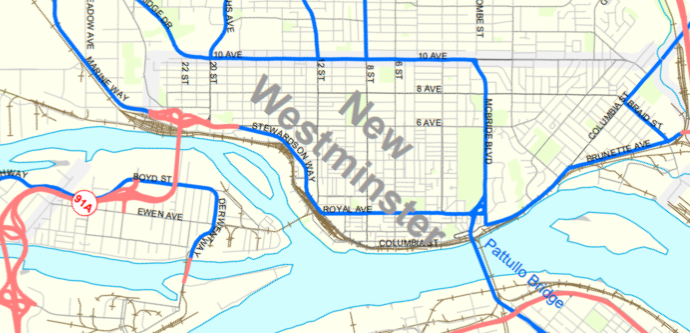Our Council Monday this week included an afternoon workshop where Council and staff dug in to the details of the Retail Strategy and the Hume Park Master Plan. These are two projects that have been moving along slowly in the background, even if delayed somewhat due to COVID as both involved staff time that was re-allocated to pandemic response and public and stakeholder engagement that was challenged by pandemic restrictions. So watch the afternoon videos to see where those are at, and I’ll write more on them when the final products get to Council proper.
Our Agenda started with an issuance of a Development Variance Permit:
DVP-00692 for 508 Eighth Street
The owner of this older rental building in the Brow wants to add a few suites to the ground floor where there is currently underutilized surface parking. They need a variance, because this will mean they have less parking that required by the language of the zoning bylaw. In exchange for this variance, they will secure rental use for 60 years or the live of the building, whichever is longer, through a housing agreement. It’s a modest decrease in parking that they have already found to be more than they practically require, and this will provide a bit more lower-cost secure rental housing without displacing any current residents. We received two pieces of correspondence on this application, and Council moved to approve it.
We then had a Report for discussion:
Biodiversity and Natural Area Strategy
This is a strategy that arose out of our 2018 Environmental Action Plan. New West is a pretty built-out urban area, but we do have some interesting and potentially-productive ecological hubs, as human-impacted as they may be. Some very biologically active parts of the riverfront (especially in Queensborough), the Brunette River corridor, Glenbrook Ravine, and some of our more naturalized park areas. This provides habitat for native plants, species at risk (like the Nooksack Dace) and many bugs, birds, and the occasional bear. These habitat areas are loosely connected by tree canopies along some roads and urban back yards, all of wildly varying habitat quality. This strategy will help coordinate many things the City is doing to improve the ecological value of our greenspaces, from riparian area protection to invasive species removal, tree planting, and pollinator pastures, all in an effort to better connect and protect the value of the natural habitats in the community, so the birds and the bees can more successfully do the things they are noted for doing. 29 actions are outlined here, and some are within current budget, while others may result in future enhancement requests as we enter budget discussions in future years. But for now, Council endorsed the plan, because it is a good one!
We then moved the following items On Consent:
2022 Tax Rates Bylaw No. 8326, 2022
Our annual budget work was completed last month, and a budget approved by Council. Now that we know the projected revenue need, and the Province has provided assessment information for the City, we can calculate the tax rates, or “Mill rates”, and approve a Bylaw that formalizes them. The residential Mill Rate (before homeowner grant or deferrals) will be 2.61084, which compares to last year’s rate of 2.82922. Yes, you read that right, the tax rate is going down 7%. Though the amount of property tax we plan to collect is set to up by 4.4%, the average value of residential property went up much more than that (about 13%). As long as housing inflation rises faster than property taxation, the rates will continue to go down. And if you need more of an explanation of this, read here, an oldy but a goody.
Committee Remuneration Policy – Indigenous Members
The City asks for members of the public to take part in advisory committees to Council. We have been looking at ways to make participation more equitable, as having a few hours mid-week to take off from work, school, and family responsibilities is a privilege that is not equitably distributed in the community. So we are seeking ways to remove that barrier, and one is to compensate people for that time, so they can take time off work, pay for childcare, and cover expenses related to participation.
This is the first of two initiatives towards that goal, as we are starting by assuring indigenous people asked to participate in these committees receive an honorarium, in recognition of the distinct relationship between rights and title holders and the municipal government. There are a few complications here that our staff have to work out (including Revenue Canada implications for the recipient), but this report asks Council to support the idea in principle, which Council did.
Construction Noise Bylaw Exemption Extension Request: 330 East Columbia Street Royal Columbian Hospital Redevelopment Project)
The RCH renewal is the biggest construction project in the City, and a year ago we granted them a small variance in the construction Noise Bylaw so they could start work earlier on Saturdays. There have been a few complaints from the public about construction noise, but none of them appear to be directly related to this earlier-Saturday schedule, and Fraser Health has been responsive to complaints received. So we are going to extend this Exemption for the rest of the construction period to get the hospital up and built as soon as possible.
Covid-19 Task Forces: Update
This is our semi-regular report of the task forces set up to support vulnerable populations during the Pandemic. Most of these programs are into operations now, and there are not a lot of updates, but it is good to get caught up on where the programs are. As we emerge from health restrictions (we are certainly NOT out of the pandemic yet) expect less reporting here, and imminent disbanding of these task forces.
Municipal Security Issuing Resolutions
We are borrowing money as part of our 5-year capital plan. If you remember back when we talked about the Capital budget, I mentioned that part of it is paid out of reserves (our “savings account”), some of it from DCCs, Grants and Contributions (“other people’s money”), and some of it from long term Debt (“a “Mortgage”), and even put those on a pie chart. Well, this is the “Long Term Debt” part.
In order for the City to borrow for more than 5 years, we need permission from the taxpayer. We got permission to borrow up to $93.6M for the aquatic centre back in 2019, to borrow up to $30M for the Queensborough substation in 2018, and for up to $28M for various infrastructure upgrades in 2016. Note, this is borrowing already built into our 5-year financial plan, not new expenditure. What we are doing now is formally passing the resolution in Council required to meet MFA requirements to borrow from them.
Public Art Plan
The City has a budget for Public Art, raised largely from development contributions and things like the digital road signs. However, a robust policy to drive the public art program and assure it aligns with other City policies is an identified gap in our overall art strategy. The work to develop this strategy got started before the Pandemic, then stalled, and staff are now getting it back on their work plan. This lays out the timeline and budget for that planning work.
Rezoning Application for Infill Townhouse: 1032 and 1036 St. Andrews Street – Preliminary Report to Council
This is a preliminary report on a townhouse infill project in the Brow of the Hill. The proposal would see 12 family-friendly townhouses, and meets the OCP vision for the neighbourhood, but would need a rezoning. This is preliminary and will go to Public Consultation, and (possibly) a Public Hearing, so I will hold my comments for now.
Zoning Bylaw Text Amendment and Event-Driven Liquor Primary Licence: 735 Eighth Avenue (Massey Theatre) – Preliminary Report
The Massey Theatre is quickly re-visioning its space and its role as a culture and arts hub in the City. The breadth of events they plan to hold is expanding, and this is a good thing. This means the current way of managing liquor licenses for events (apply for a special event license at each event) is getting cumbersome. So they would like to shift to a new format of licensing, where they hold a license all the time, and activate it based on event needs. This is not a building that lends itself well to provincial LCRB liquor license categories, what with different rooms, hallways, and mixed uses, but the MTS have worked out a license regime that works for them.
But liquor licensing is still not easy, even for a City-owned building. We need a zoning text amendment to assure the zoning language meets what the province LCRB wants, and staff are recommending the City bypass the public consultation part of the zoning language amendment, letting the LCRB public consultation process cover that for us, tough we will reach out to the School District, recognizing their proximity and some remaining SD use of the Massey Theatre space.
This is preliminary, but Bylaws will be brought to Council for readings. If you have opinions, let us know!
The following items were Removed from Consent for discussion:
2022 Heat Response Plans and Emergency Preparedness Week
After the Heat Dome event last year, the City is taking several measures to better prepare for this type of extreme heat event, and lessen its impact on vulnerable people in the community. One part of this is updating our Heat Emergency response plans. A major focus of this is to increase the outreach to people most likely to be impacted by a heat wave, and those who may be able to support them during the event. The City can (and does) provide cooling centers, but they do no good if people are not aware of them or unable to get to them. The outreach plan this spring will endeavor to bridge this gap during Emergency Preparedness Week (May 1-7) and over the entire month of May.
There is also a good report in there about the City’s Hey Neighbour Collective initiative piloted last year to better connect seniors and vulnerable people living in relatively disconnected apartment buildings, and the learnings that may inform our emergency preparedness in upcoming heat seasons. I encourage folks to tune into Emergency Preparedness Week programming both locally and provincially, and to meet your neighbours.
Development Cost Charge (DCC) Bylaw Major Update Project – Stakeholder Feedback.
Development Cost Charges are fees we charge to developments that increase the density of the City – and by “density”, we mean number of household units or residential square footage per lot. DCCs are tightly regulated by the Local Government Act, and must be set by Bylaw. The funds collected must be directly linked to specific projects required to support that increased density – like building larger water and sewer connections, expanding transportation infrastructure, or expanding or improving parks space. They can’t be spent on other things, like expanding schools (the School District has its own DCC) or operating funds. So projects must be identified based on OCP growth projections, their costs estimated, the proportion of the need related to growth (as opposed to existing homeowners) estimated, and a rate calculated based on the fair proportion of a (say) new sewer line is owed by the builder of a new (say) 3-bedroom townhouse.
Every once in a while the City need to update its DCC Bylaw, as growth patterns change and project costs change. Ideally, we do this every 5 years, but it is a bit of a complicated piece of work, and the last time we made a major amendment to out Bylaw was 2015. The new Bylaw has been developed by staff, and consultation with stakeholders occurred. The development community would like the increase delayed a bit, but there is no compelling case to do so, noting that projects “in stream” are already locked into the former rates, assuming they get their building permit within a year of the Bylaw change. We are also looking at implementing Institutional DCCs for the first time, and the School District is looking for some flexibility here.
There are some good comparison charts in this report to show that New Westminster’s DCC rates are low (on the mainland) to moderate (in Queensborough- where road, sewer, and drainage DCCs are higher because of the increased cost of providing those services there) compared to our cohort communities, even after these increases.
Official Community Plan Amendment and Heritage Revitalization Agreement: 501 Fourth Avenue and 408 Fifth Street (Holy Eucharist Cathedral) – Preliminary Report
The Holy Eucharist Cathedral has been working on a plan to build housing and a mixed use building with expanded childcare space on their lot next to the church Uptown, consolidating lots and purchasing a thin unused City laneway. This will require not just an HRA, but also an OCP Amendment. This is a preliminary report, and Council was asked to raise concerns and whether we were OK sending it to public and external consultation. If you have opinions, drop us a note and let us know! And because of that OCP amendment part, we are required to send the project out to external consultation with potentially impacted stakeholders outside of the community, from First Nations to various Metro Vancouver committees. This report lists who the project is being sent out to for this external review.
Finally, we adopted the following Bylaw:
Housing Agreement (508 Eighth Street) Bylaw No. 8279, 2022
This is the Housing Agreement that secures rental tenure for the Brow of the Hill building mentioned above that is adding 4 new suites. It was adopted by Council.
We also had some public delegations about the Day of Mourning (upcoming at Pier Park on April 28), about Youth Week (coming up next week at the Youth Centre) and the New West Farmers Market (every Thursday afternoon at City Hall/Tipperary Park). It is good to see people getting together in person again, but please exercise caution as the long tail of this COVID thing is still here. Vaccines and masks are still good bets to reduce transmission and severity, and best as you can please recognize other people’s anxiety and risk tolerances may be different than yours; be a good neighbour by giving folks space, and not begrudging them if they ask it. It was community that got us through this, it is community that will pull us back together as we transition out of the pandemic period.



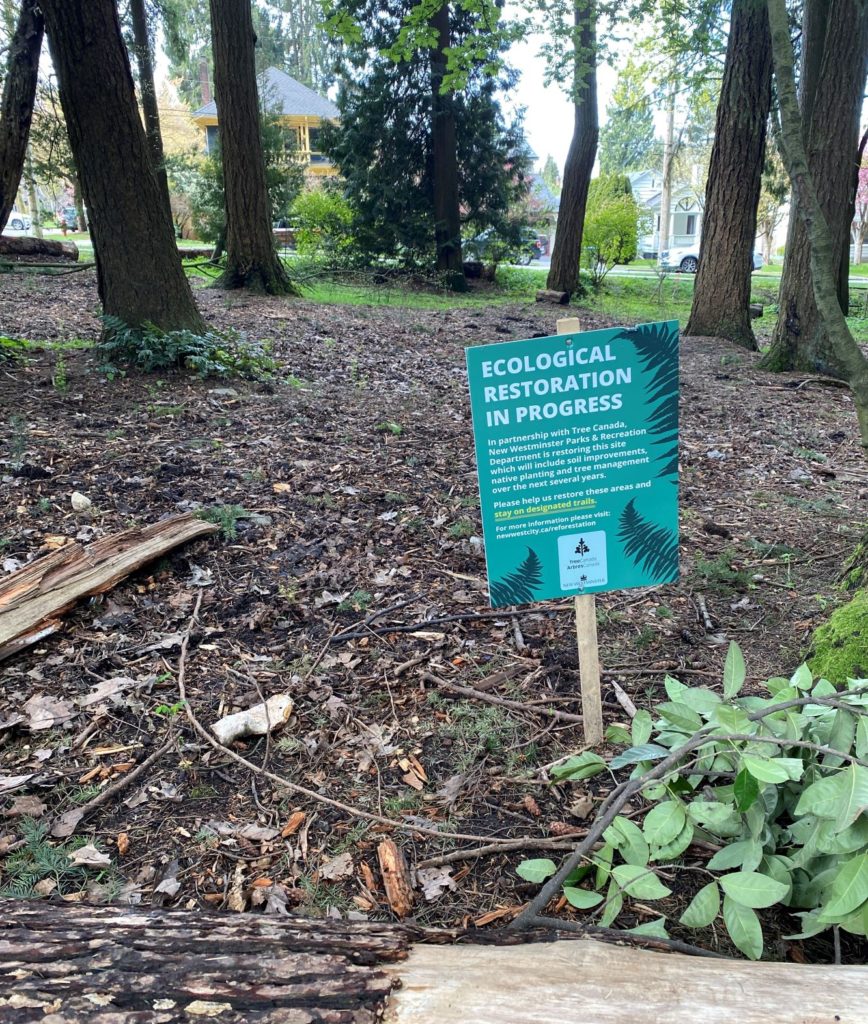
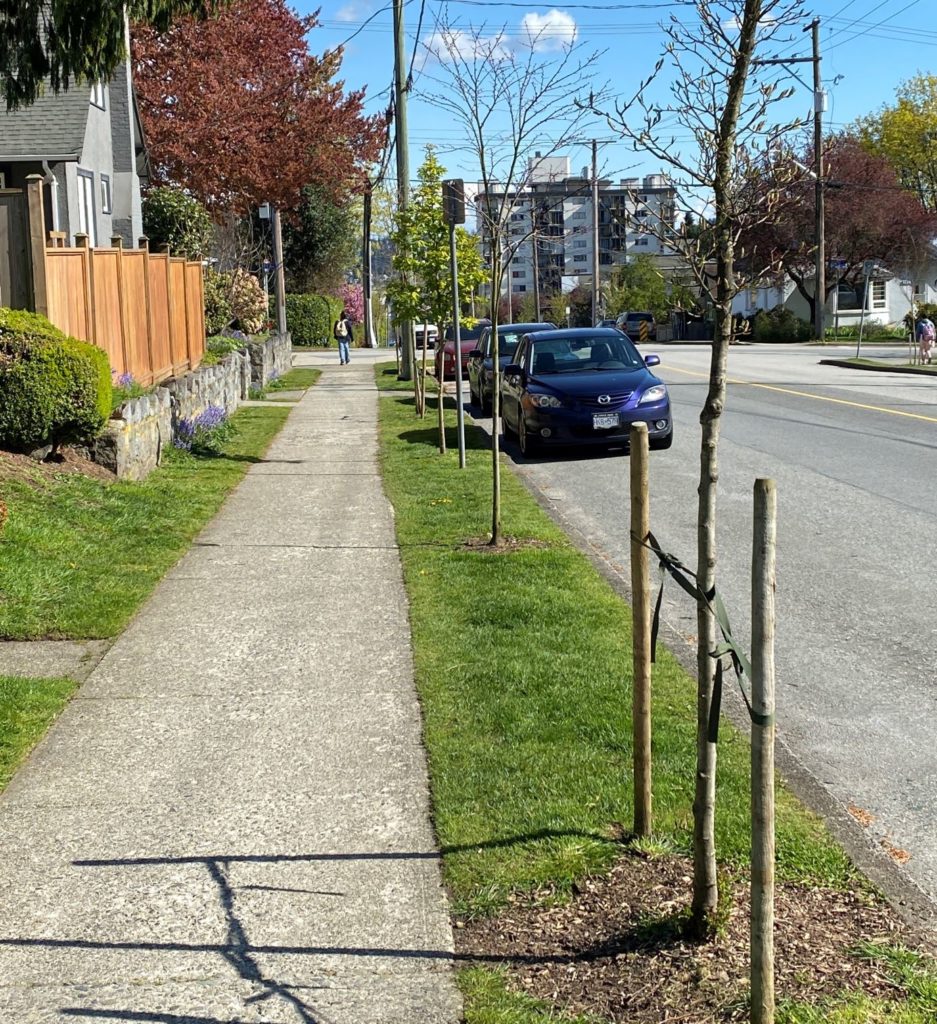
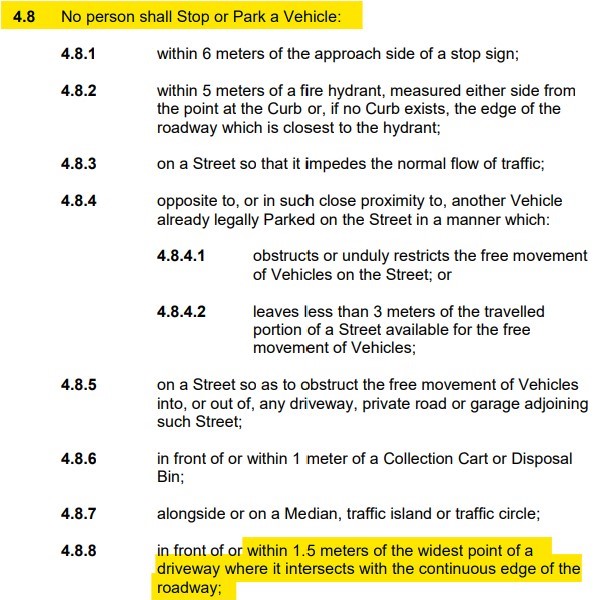
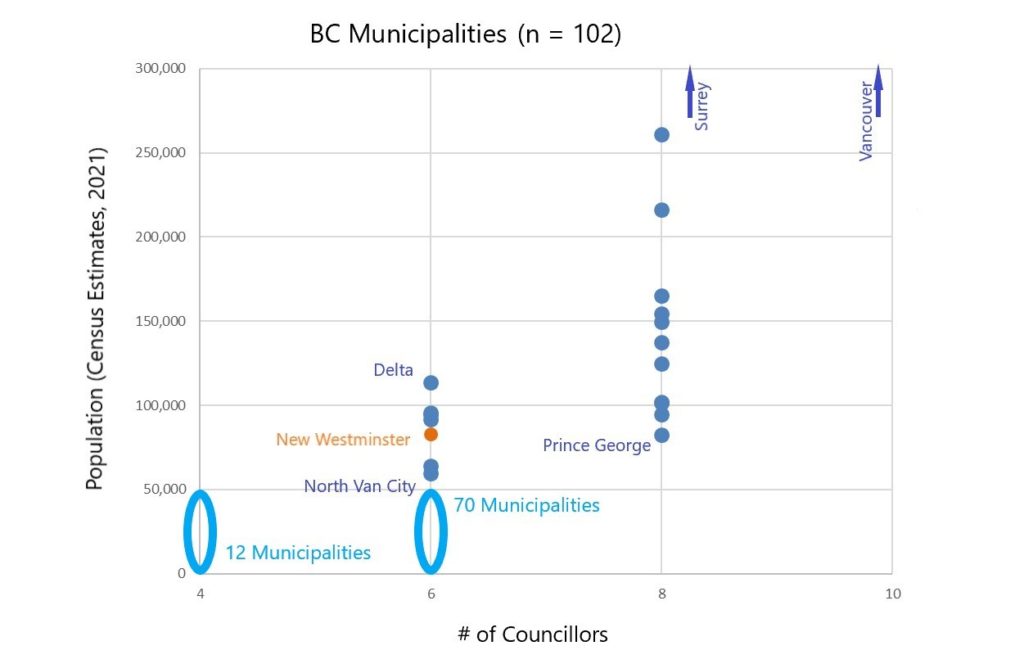
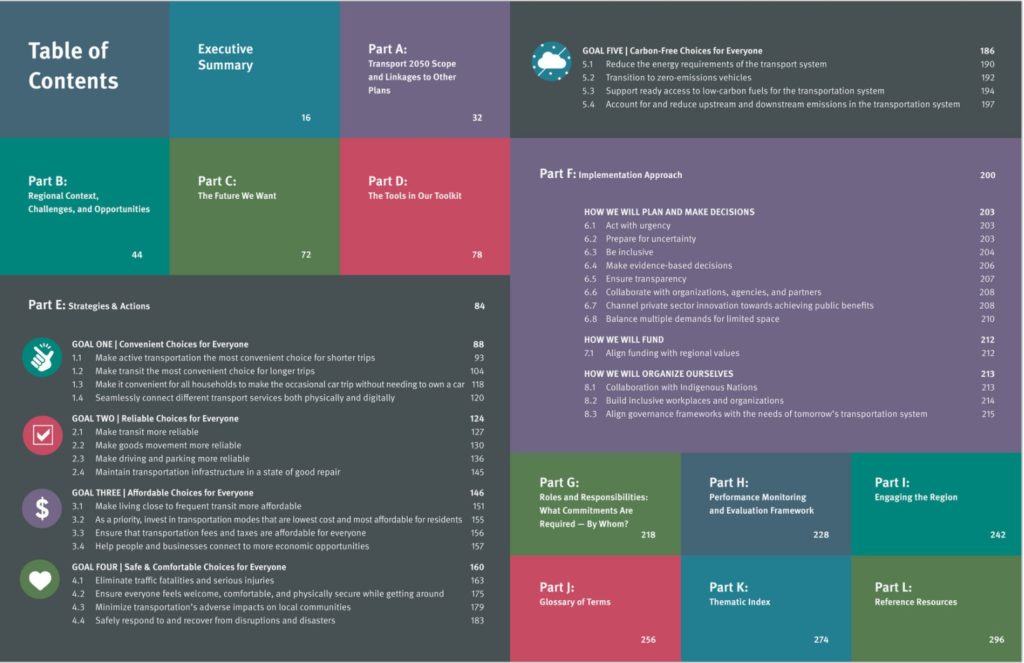

 There is a good defense for going in this direction in the plan, and to Active Transportation advocates, there is nothing surprising there. 30km/h saves lives, and makes shared spaces on our City streets much more comfortable for all users. It also allows us to start re-thinking how we design our streets. I talked a bit about that
There is a good defense for going in this direction in the plan, and to Active Transportation advocates, there is nothing surprising there. 30km/h saves lives, and makes shared spaces on our City streets much more comfortable for all users. It also allows us to start re-thinking how we design our streets. I talked a bit about that 